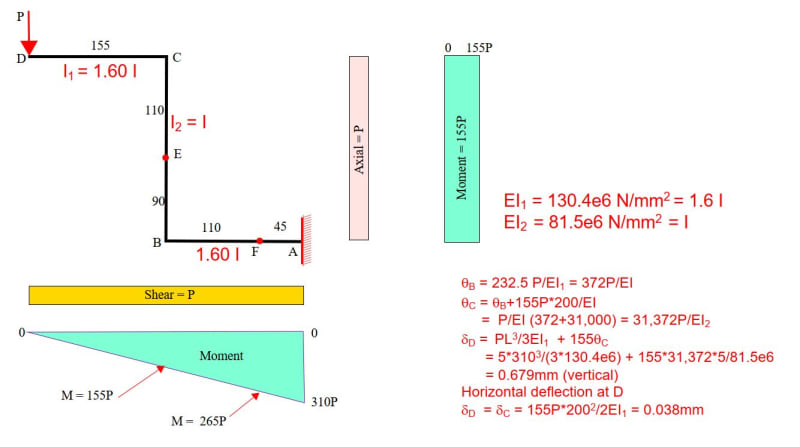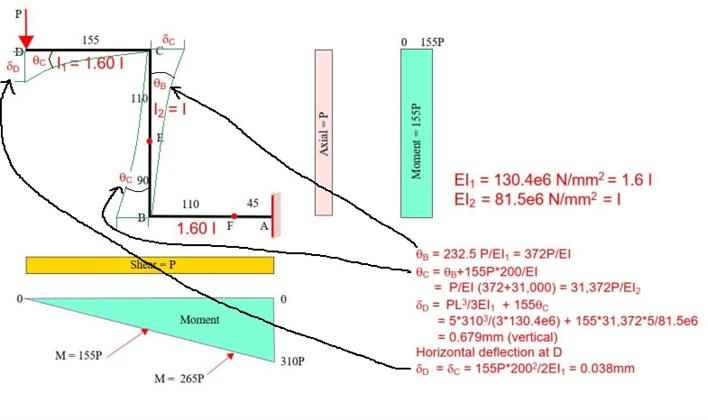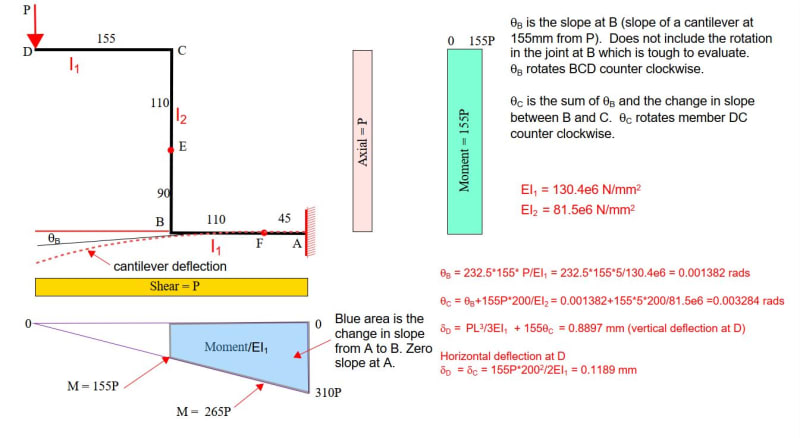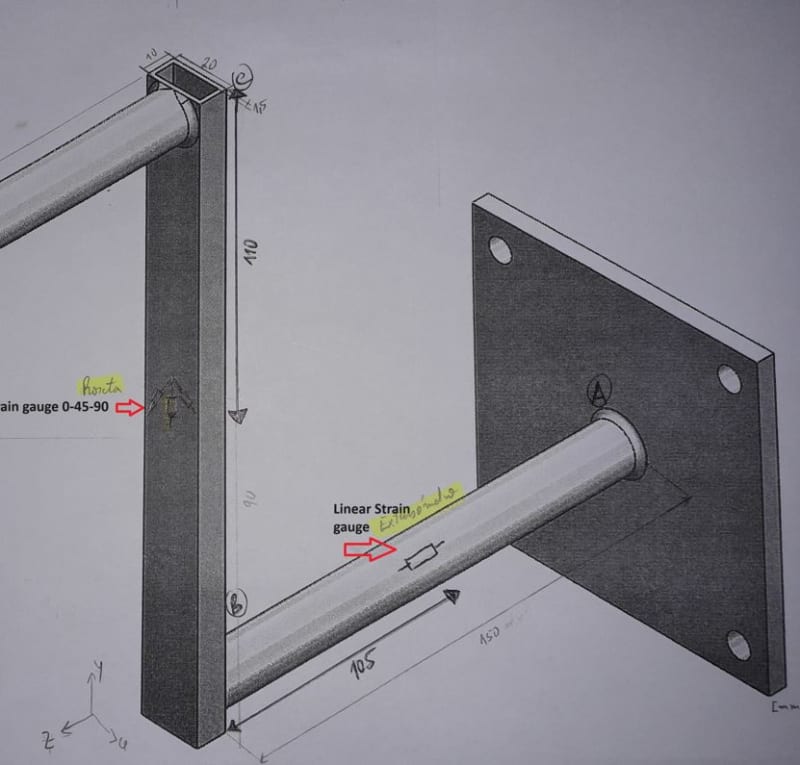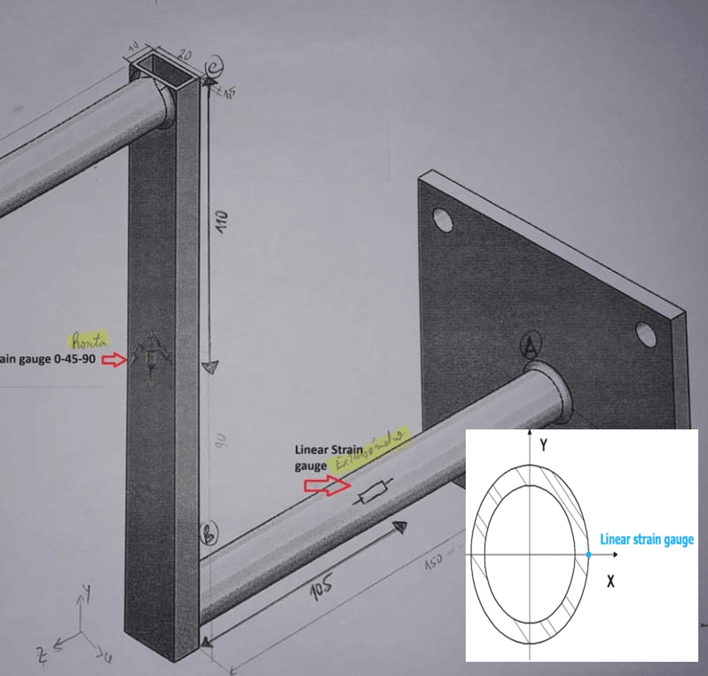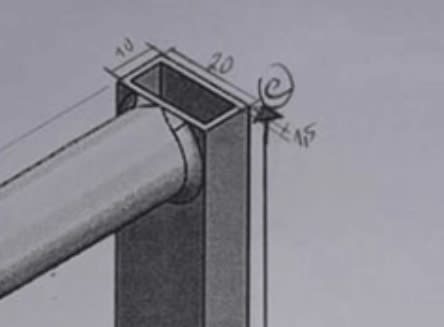PJMechanicalEng
Student
- Nov 17, 2023
- 19
Hello, I need some help about this project. I need to calculate the internal forces and moment, normal stress and shear stress in the 0-45-90 strain gauge and for the linear strain gauge. However, I have doubts, especially how to calculating the shear stress and whether the internal forces are correct.
So i could make a mohr circle with the corret values. Thanks.
So i could make a mohr circle with the corret values. Thanks.

